How to use ammonium and calcium nitrate to feed tomatoes
Chemists called nitrate combine nitric acid salts in which hydrogen is replaced by an alkali metal. In agronomy, this substance is used as a fertilizer. The most popular are ammonium, potassium, sodium and calcium nitrate for tomatoes and other garden crops. Such top dressing enriches the soil with useful minerals (nitrogen, potassium, calcium, magnesium and others), which allows you to grow a full harvest of tasty and healthy vegetables. The main thing is to apply fertilizers at the right time and observe the dosage.
What is ammonium nitrate for?
For the manufacture of nitrogen-containing fertilizer called "ammonium nitrate", concentrated nitric acid and ammonia are used. The resulting substance contains from 26% to 34% nitrogen and up to 14% sulfur.
Ammonium nitrate is an excellent top dressing in the spring season, when plants actively absorb nitrogen. Supplementing with sulfur, not the most nutrient, comes in handy here. After all, it is sulfur that helps plants to assimilate nitrogen.
After feeding in garden crops, the root system is strengthened, leaves and stems acquire a bright green color, the number of ovaries increases, the quality of fruits improves, and resistance to fungal and other diseases increases. It has been noticed that the crop harvested from plants that are correctly fed with saltpeter is stored longer and better.
Ammonium nitrate is marketed in the form of a granular grayish powder that dissolves well in water. Therefore, the fertilizer can be used both for root feeding and for spraying.
How to feed tomatoes with ammonium nitrate?
A nitrogen-containing fertilizer will help grow a rich crop and will not harm either plants or humans only if it is added to the soil at a certain time and in the right proportions.
Ammonium nitrate for seedlings
Growing tomatoes begins with planting seeds for seedlings, which takes place several months before harvest. The first time fertilization with nitrogen can be applied immediately after picking small tomato seedlings.
The nutrient solution is prepared as follows: 6 g of ammonium nitrate, 4 g of potassium salt, 20 g of phosphate are taken for 5 liters of water. All ingredients are mixed, dissolved and the seedlings are watered at the root.
It is very important not to get the chemical on the delicate leaves and stem of the plant during fertilization. This can cause severe burns. The second feeding is done in ten days. The last time you need to feed the seedlings a few days before planting in the ground.
After fertilizing, the plants are watered abundantly with clean water.
Top dressing when planting
Ammonium nitrate for tomatoes is embedded in the ground in the spring long before the seedlings are planted. The amount of fertilization depends on the degree of soil depletion. If tomatoes are planted for the first time on the site, and the soil is rich in natural minerals, then the consumption rate will be 20 g of granules per 1 m2... To feed old lands depleted by past crops, the amount of ammonium nitrate must be doubled.
When planting seedlings, add 1 tbsp to each hole. l. ammonium nitrate, after which the earth around the sprout is abundantly shed with clean water. The nitrogen-containing fertilizer dissolves quickly in the liquid and is easily absorbed by the plant root system.
Summer feeding
You can fertilize tomatoes several times during the summer.During flowering and fruit formation, fertilizer granules are scattered around the plant at the rate of 5 g per 1 m2... If this method was not very effective, you can water the tomatoes at the root with a nutrient mixture by dissolving 30 g of granules in 10 liters of water.
Do not use ammonium nitrate for pumpkins, cucumbers, squash and zucchini. Nitrates accumulate quickly in these vegetables.
All feeding must be stopped three weeks before harvest.
Calcium nitrate
Calcium nitrate is a nitrogen-containing fertilizer, which contains 13% nitrogen and 19% calcium. It goes on sale in the form of a powder or granules of white color, quickly dissolves in water. To keep moisture out of the hygroscopic chemical, the manufacturer makes a waterproof package.
The value of calcium is no less than that of phosphorus, potassium and other minerals. It is thanks to calcium that the plant assimilates nitrogen, which is so necessary for it for successful vegetation. Calcium nitrate can be used on soils of any acidity. This fertilizer not only does not oxidize the soil, but also restores the normal ph by absorbing excess magnesium and iron.
Calcium fertilization is good for tomatoes and other vegetables for the following reasons:
- seeds germinate faster on cultivated soil, more friendly shoots appear;
- the plant develops a powerful root system, which allows the seedling to withstand temperature fluctuations;
- resistance to fungal diseases and pests increases;
- the number of fruit ovaries increases.
Competent feeding of tomatoes and other garden crops with calcium nitrate is the key to obtaining a rich harvest, regardless of the condition of the soil.
How to use calcium nitrate?
The scheme for adding calcium nitrate for tomatoes is very similar to feeding with ammonium nitrate. The main thing is to observe the fertilizer application time and dose.
In the spring, before planting, calcium nitrate must be added to acidic podzolic soils. The granules are scattered over the area intended for growing tomatoes, at the rate of 10 g per 1 m2, and buried into the ground to a depth of 10 cm using a rake. If the area allotted for planting tomatoes is characterized by high acidity, then 1 tsp can be poured into each individual hole. saltpeter.
In the summer, as soon as the seedlings are planted in a permanent place, they must be watered with calcium nitrate every two weeks. The watering mixture is prepared in advance by dissolving 20 g of nutrient powder in 10 liters of water.
Until the ovaries have formed, it is advisable to spray the plants with a solution of calcium nitrate, for the preparation of which it is necessary to dilute 25 g of powder in 2 liters of water. This accelerates the growth of a young seedling, stimulates the formation of ovaries.
Foliar dressing of tomatoes with calcium nitrate is carried out only before flowering.
During this time, the bush will accumulate the required amount of nutrients, get stronger and acquire good immunity to diseases. As soon as the first ovaries begin to appear on it, feeding will need to be stopped. Nitrates tend to be deposited in fruits, and this is not at all good for health.
It is advisable to use calcium nitrate in combination with other mineral and organic fertilizers. It is useful to combine it with urea and ash - this combination will allow you to achieve excellent results. Potassium nitrate is usually used alone. Do not combine nitrogen fertilizers with manure, phosphate, or sawdust. With a sharp increase in temperature, nitric acid can spontaneously ignite.
Top dressing with ammonium and calcium nitrate will help to enrich the soil with micronutrients necessary for full growth and good plant immunity. The main thing when applying fertilizers is to observe the dosage and instructions for use.
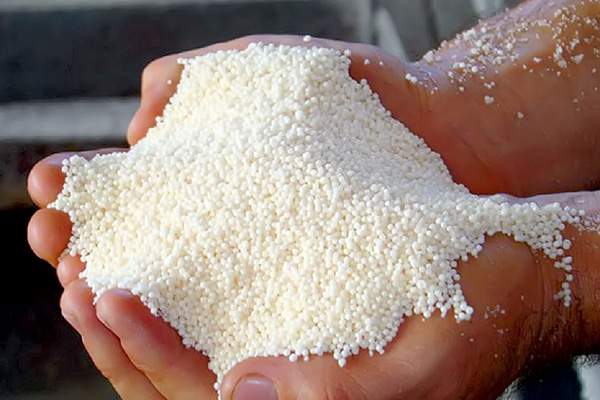
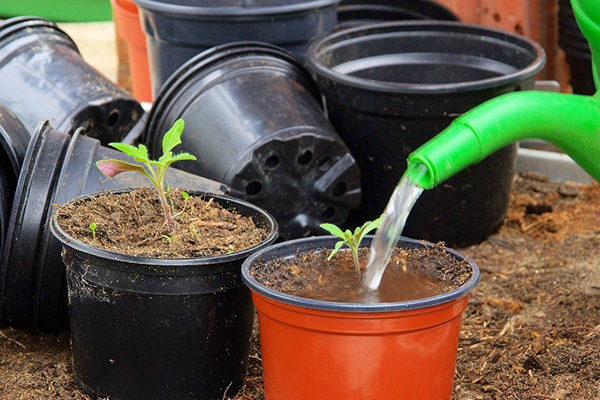
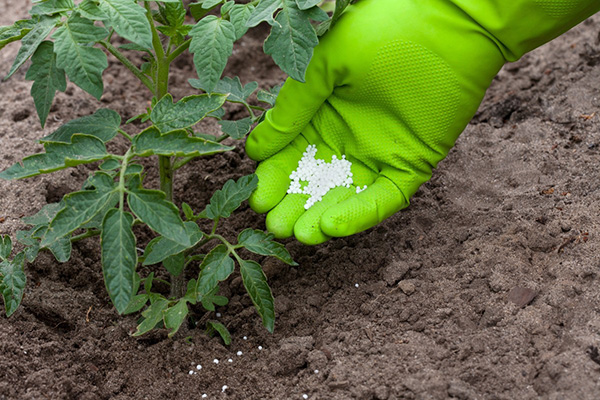
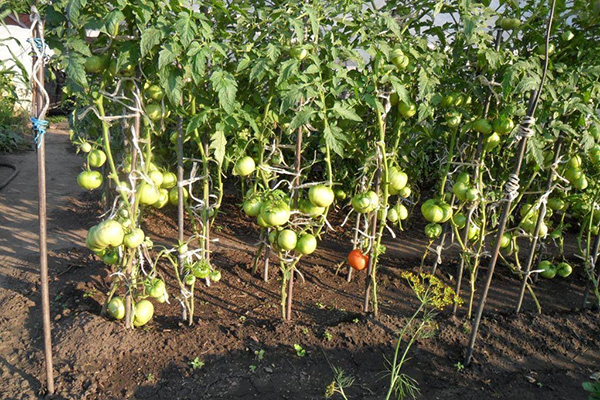
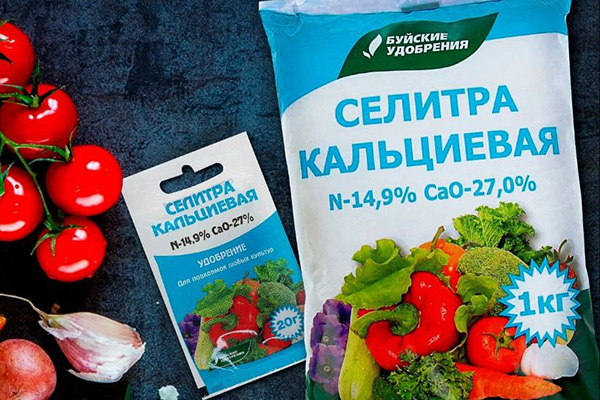
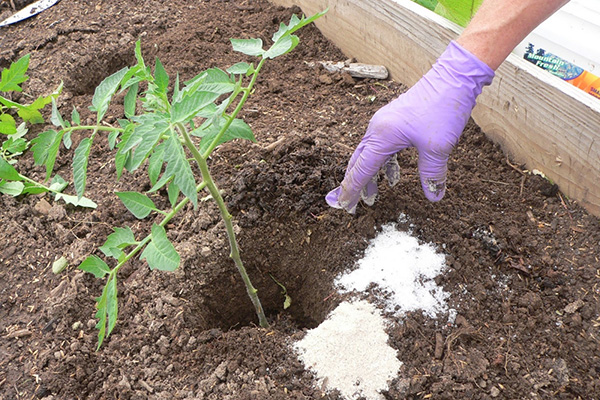
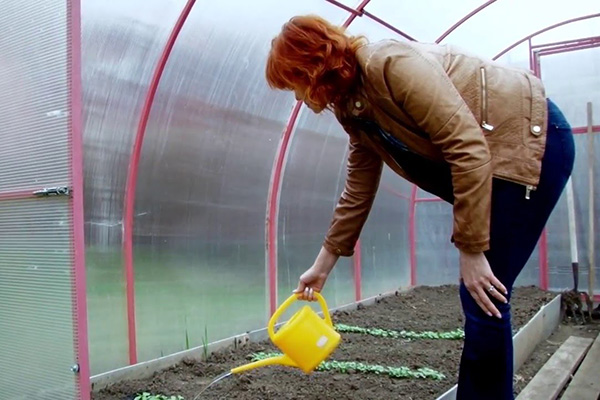

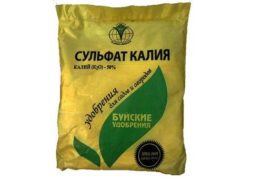
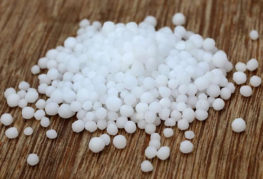
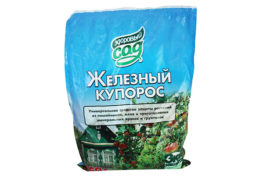
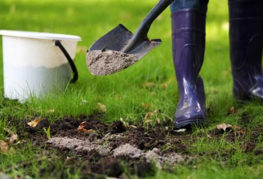
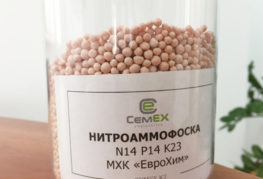
and will be published shortly.